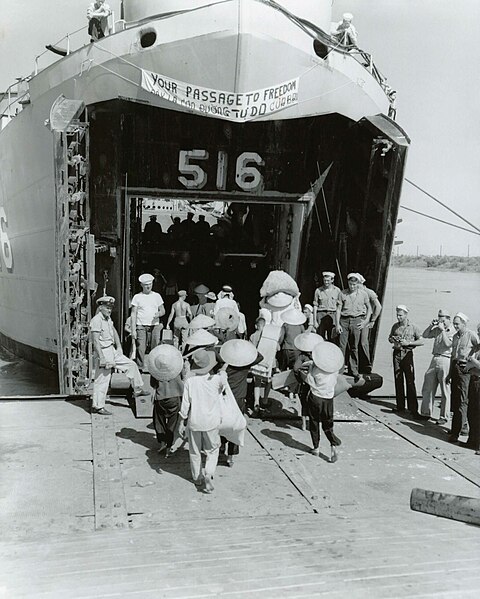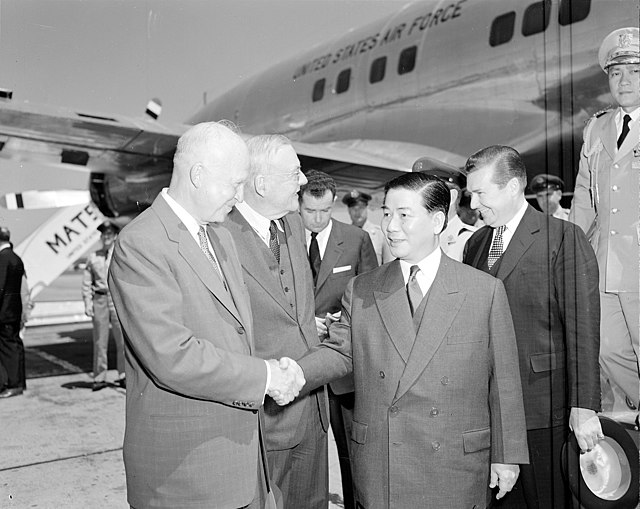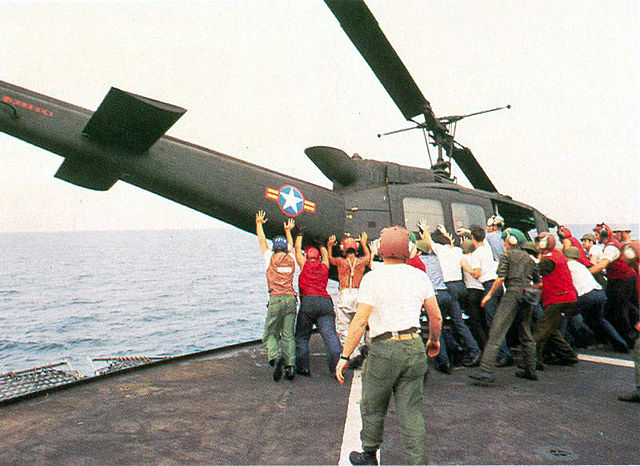The Huế Phật Đản shootings were the deaths of nine unarmed Buddhist civilians on 8 May 1963 in the city of Huế, South Vietnam, at the hands of the army and security forces of the government of Ngô Đình Diệm, a Roman Catholic. The army and police fired guns and launched grenades into a crowd of Buddhists who had been protesting against a government ban on flying the Buddhist flag on the day of Phật Đản, which commemorates the birth of Gautama Buddha.
Memorial to the Buddhists killed in the demonstrations during the Phat Dan of 1963 in Hue, Vietnam
A monument to the shootings
South Vietnam, officially the Republic of Vietnam, was a country in Southeast Asia that existed from 1955 to 1975, the period when the capitalist southern portion of Vietnam was a member of the Western Bloc during part of the Cold War after the 1954 division of Vietnam. It first received international recognition in 1949 as the State of Vietnam within the French Union, with its capital at Saigon, before becoming a republic in 1955. South Vietnam was bordered by North Vietnam to the north, Laos to the northwest, Cambodia to the southwest, and Thailand across the Gulf of Thailand to the southwest. Its sovereignty was recognized by the United States and 87 other nations, though it failed to gain admission into the United Nations as a result of a Soviet veto in 1957. It was succeeded by the Republic of South Vietnam in 1975. In 1976, the Republic of South Vietnam and North Vietnam merged to form the Socialist Republic of Vietnam.

About 1 million North Vietnamese refugees left the newly created communist North Vietnam during Operation Passage to Freedom.
US President Dwight D. Eisenhower and Secretary of State John Foster Dulles greeting President Ngô Đình Diệm of South Vietnam in Washington DC, 8 May 1957
A woman casting her ballot in the 1967 elections
An empty Huey helicopter is jettisoned over the side of a carrier to provide room on the ship's deck for more evacuees to land.






